
| Recorded by: Mark Basinger on 2025-08-15
Ashe Co.
Comment: | 
| Recorded by: Marilyn Westphal on 2025-08-09
Henderson Co.
Comment: |

| Recorded by: Emily Stanley on 2025-08-08
Buncombe Co.
Comment: | 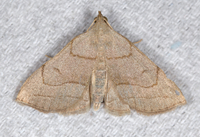
| Recorded by: Jim Petranka on 2025-05-02
Madison Co.
Comment: |
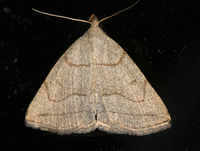
| Recorded by: Jim Petranka on 2025-04-27
Madison Co.
Comment: | 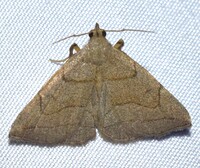
| Recorded by: Jeff Niznik on 2024-07-26
Alamance Co.
Comment: |
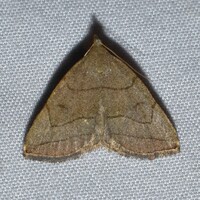
| Recorded by: David George, Jeff Niznik on 2024-07-08
Chatham Co.
Comment: | 
| Recorded by: Regina Patton on 2024-05-31
Jackson Co.
Comment: |
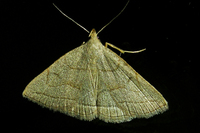
| Recorded by: Owen McConnell on 2024-05-23
Graham Co.
Comment: | 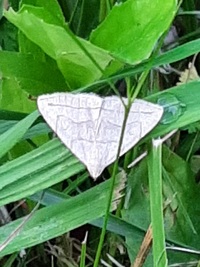
| Recorded by: Regina Patton on 2024-05-09
Jackson Co.
Comment: |
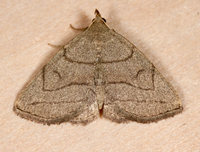
| Recorded by: Jim Petranka and Becky Elkin on 2023-08-23
Madison Co.
Comment: | 
| Recorded by: John Petranka on 2023-06-06
Alleghany Co.
Comment: |
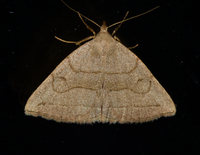
| Recorded by: Jim Petranka on 2023-05-31
Madison Co.
Comment: | 
| Recorded by: Jim Petranka and Becky Elkin on 2022-08-09
Watauga Co.
Comment: |

| Recorded by: Ken Kneidel on 2022-08-06
Yancey Co.
Comment: | 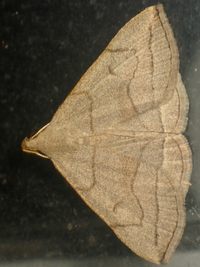
| Recorded by: tom ward on 2022-05-16
Buncombe Co.
Comment: |
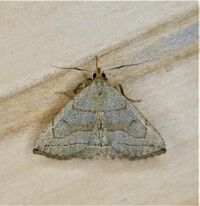
| Recorded by: Gary Maness on 2022-05-14
Guilford Co.
Comment: | 
| Recorded by: John Petranka on 2021-08-11
Alleghany Co.
Comment: |
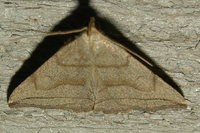
| Recorded by: Owen McConnell on 2021-05-18
Graham Co.
Comment: | 
| Recorded by: Owen McConnell on 2021-05-11
Graham Co.
Comment: |
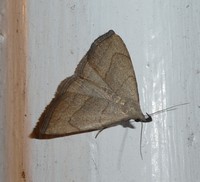
| Recorded by: Simpson Eason on 2020-05-30
Durham Co.
Comment: | 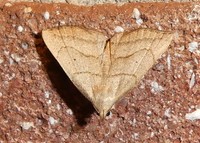
| Recorded by: Simpson Eason on 2019-09-10
Durham Co.
Comment: |
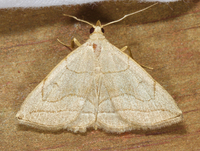
| Recorded by: Jim Petranka and Becky Elkin on 2019-05-15
Madison Co.
Comment: | 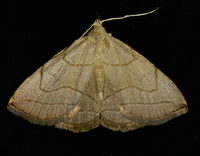
| Recorded by: Jim Petranka and Becky Elkin on 2018-07-11
Madison Co.
Comment: |

| Recorded by: Jim Petranka and Becky Elkin on 2018-05-27
Madison Co.
Comment: | 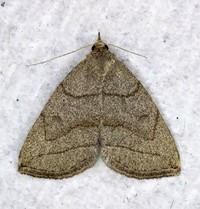
| Recorded by: Gary Maness on 2018-05-11
Guilford Co.
Comment: |
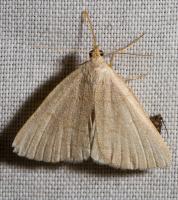
| Recorded by: Steve Hall and Bo Sullivan on 2016-06-14
Ashe Co.
Comment: | 
| Recorded by: Steve Hall and Bo Sullivan on 2014-09-25
Ashe Co.
Comment: |

| Recorded by: Vin Stanton on 2011-05-22
Buncombe Co.
Comment: | 
| Recorded by: Vin Stanton on 2011-05-12
Henderson Co.
Comment: |
|

 »
»




















